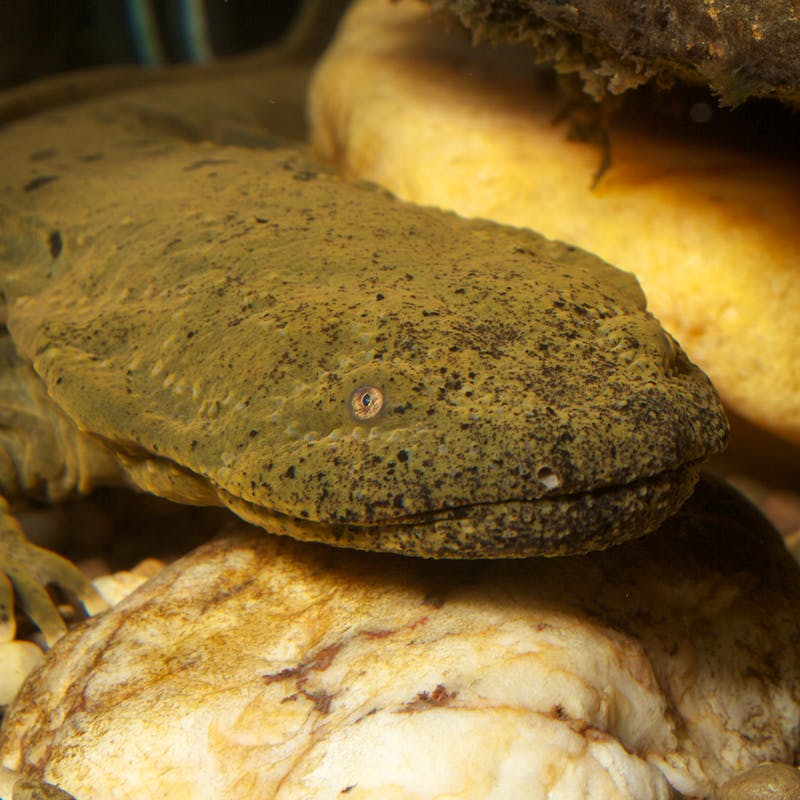How many native animals and plants can you think of? And how many of those species would be gone today if conservationists hadn’t stepped in to save them? The exact numbers vary wildly, but the fact is without wildlife conservation our planet would look very different.
What is Wildlife Conservation?
Wildlife conservation is the protection of animals, plants and their habitats. Defenders of Wildlife is dedicated to wildlife conservation so that there may be a future where North America’s wildlife is secure, thriving and sustained by a network of healthy lands and waters. To further understand this mission, let’s hear from five Defenders about what wildlife conservation is and how it plays out in their work.
Facts about Wildlife Conservation
“Whether we’re working with partners to achieve a conservation goal or addressing conflicts with wildlife in local communities, working in wildlife conservation is often more about working with people. One of the leading drivers of conflicts between grizzly bears and people is food. Bears are attracted to garbage, fruit trees and bird feeders, which can lead to dangerous interactions and, in some cases, dead bears.
As human populations grow and spread into wildlife habitats, animals are presented with the increased need to navigate through developments. Finding solutions that protect both bears and people is challenging. Changing human behavior is complex, takes time and is often much more difficult than changing a wildlife behavior. Some of Defenders coexistence work includes electric fencing, range riding and community outreach. How humans tolerate wildlife is a key component of what the future holds for what remains wild in the west.”
“Many people believe they need to travel to faraway savannahs and jungles to get involved in wildlife conservation, but there are endangered species you can help closer to home. And wildlife conservation doesn’t always require a degree. Turning your balcony or yard into a pollinator habitat, voting to protect environmental laws and volunteering with a wildlife agency or nonprofit organization can all have a huge impact for the wildlife in your community.
While gray wolves are native to Colorado, there are very few wolves actually living in the state. In 2020, Colorado voters passed Proposition 114, which put a plan in motion to reintroduce wolves to their historic range by the end of 2023. Once wolves are on the ground, Coloradoans will need to continue advocating for the protection of their native carnivores so gray wolves can thrive in the state once again.”
“Each military installation follows its own Integrated Natural Resource Management Plan to maintain ecosystems and protect threatened and endangered species and their habitats. Take the Eglin Air Force Base in Florida for example. Okaloosa darters were listed as endangered in 1973 and over 90% of their population occupies six streams on Eglin Air Force Base’s land. So, the Base partnered with the U.S. Fish and Wildlife Service for more than two decades to restore streams and stream corridors needed to recover the Okaloosa darter population. And this year this species was removed from the Endangered Species List!
Defenders coordinates a partnership of over four dozen agencies and organizations to conserve wildlife habitat on military and surrounding private lands in Northwest Florida.”
“Acting offers a chance at stemming the accelerated loss of species and habitat. Doing nothing, on the other hand, offers no chance at all and lets bad things happen. Defenders is acting through many projects of various sizes. A few examples in the southern Appalachians include helping private landowners implement Shade Your Stream restoration projects to restore and protect waterways that are home to North America’s hellbenders the largest of all salamanders; collaborating on creating national forest management plans; and, working with a coalition to get wildlife crossings over major highways.
Imagine the loss of wildlife if Defenders, our many allies world-wide and the countless individuals who take seemingly small actions for wildlife conservation stopped doing what we do. We certainly wouldn’t have many of the species we love and see today.”
“Recovering imperiled species is hard work and it can take decades to be successful. Humans like to see results and are rarely patient when faced with long-term challenges. In some cases, it took us hundreds of years to push wildlife to the brink of extinction, so it could easily take just as long to recover them.
The Endangered Species Act establishes an unwavering commitment to recovery and a moral obligation to the species with whom we share this planet. The ESA has proven to be successful thus far, but we must remain vigilant and steadfast in our efforts. Like the often-quoted Greek proverb, ‘A society grows great when old men plant trees in whose shade they shall never sit.’”












